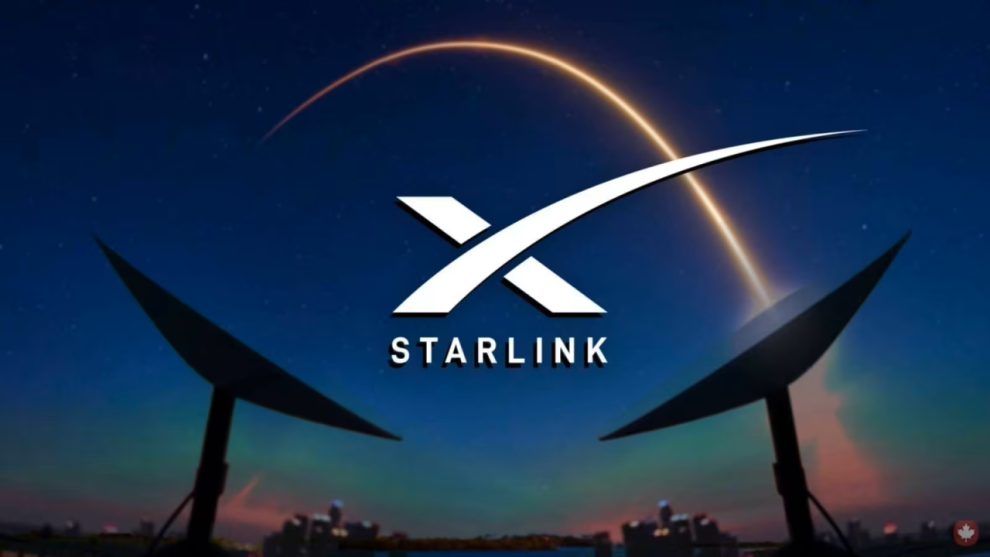In an increasingly digital world, having a fast and reliable internet connection has become a necessity for many. However, access to high-speed broadband is still limited in many rural and remote areas where cable and fiber infrastructure is not available. This is where new low Earth orbit (LEO) satellite internet services like SpaceX’s Starlink come in. Offering high-speed, low-latency internet without geographical limitations, Starlink aims to provide connectivity to underserved households and regions across the globe.
In this comprehensive guide, we take an in-depth look at Starlink satellite internet to see if it’s a viable solution for your home or business connectivity needs. Below we cover what Starlink is, its speeds, pricing, availability, pros and cons, and what to consider before signing up.
What is Starlink Internet Service?
Starlink internet service refers to the broadband internet connectivity provided through a network of LEO satellites developed and operated by SpaceX. This network of satellites flies 20 times closer to the Earth than traditional geostationary internet satellites, allowing Starlink to offer lower latency and faster internet speeds.
Here’s a quick overview of how Starlink works:
- Over 3,000 small satellites orbit the planet at altitudes between 340 miles and 714 miles in space.
- These satellites are linked to ground stations connected to local internet infrastructure.
- Users connect to the satellites via a compact Starlink dish installed at their location.
- Signals travel from the satellites to the user’s Starlink dish antenna using radio waves in the Ka and Ku bands.
This global satellite network gives Starlink the ability to offer high-speed internet access almost anywhere a user can install a Starlink antenna with a clear view of the sky, whether in rural farms, remote villages, ships at sea, or moving vehicles.
Starlink Internet Speeds

Starlink promises download speeds between 100 Mbps and 200 Mbps and latency as low as 20ms to 40ms to users. However, you’re more likely to see download speeds between 50 Mbps to 150 Mbps and latency of 31ms to 84ms based on early user-reported tests. These are still exceptional numbers compared to existing satellite internet services.
For perspective, ViaSat and HughesNet satellite internet offers maximum speeds of just 25 Mbps. Even Starlink’s low end download speeds are still twice as fast as what those satellite providers can offer. And when it comes to latency, Starlink’s network has sub-50ms latency compared to the 600ms latency you get with older satellite internet technology running on geostationary orbits. This means remarkably lower lag times that enable real-time applications.
Starlink’s internet performance will also improve over time as more satellites are launched and ground stations added to reduce network congestion. The company states they have the capacity to double download speeds to 300 Mbps in the future.
Starlink Internet Pricing and Fees
Starlink internet service currently costs $110 per month. This does not include setup costs and taxes. Here is a full breakdown of Starlink pricing and fees:
- One-time hardware cost – $599 for the Starlink Kit which includes the small satellite dish, stand, WiFi router and cables.
- Monthly subscription – $110 per month for access to Starlink internet service.
- Taxes and fees – Expect to pay an additional $85 on average in taxes and regulatory fees depending on your state.
- Shipping and handling – $50 fee for home delivery of the Starlink Kit.
So in total, you’re looking at around $894 upfront costs and $110 monthly for Starlink, making it a premium-priced satellite internet service. But you get high speeds, unlimited data, and improved latency in return.
Is Starlink Available in My Area?
Starlink is currently available in select areas across parts of North America, Europe, Australia, New Zealand, and Mexico. The company is rapidly expanding availability as they launch more satellites into orbit and install more ground stations.
You can check if Starlink internet service is available and active in your area by entering your service address on their website. This will let you know if coverage has reached your location. If it’s available, you can place a deposit to reserve your Starlink Kit.
However, be aware that there are often long waitlists in newly opened service areas that could delay shipment by weeks or months. So get your name on the list early if you want Starlink service.
Pros of Starlink Satellite Internet
Let’s go over some of the standout benefits and advantages Starlink offers compared to other internet services:
- Faster speeds – Starlink offers download speeds between 50 Mbps to 200 Mbps, outpacing almost any other rural internet provider.
- Lower latency – Latency as low as 20ms to 40ms allows for smooth video calls, online gaming, and streaming.
- Reliability – Multiple satellites provide consistent, uninterrupted connectivity even in poor weather when cable or DSL may struggle.
- Easy setup – Small satellite dish can be installed by users quickly in almost any location with a clear view of the sky.
- Mobility – Work online even in remote areas or while traveling in RVs, boats, and more.
- No data caps – Enjoy unlimited data usage every month within published speeds.
In short, Starlink offers cable-like internet speeds and performance for those outside typical broadband coverage areas. And they continue improving latency, reliability, and capacity over time through technological innovations.
Cons of Starlink Internet
While showing promise, Starlink does come with some downsides to consider before subscribing:
- High costs – Upfront hardware and monthly access costs are higher than typical home internet prices.
- Delayed orders – Inventory shortages and shipping delays could make you wait weeks or months for your Starlink Kit.
- Installation challenges – Finding a suitable location for dish placement without obstructions can be difficult for some properties.
- Mixed early performance – Speeds and reliability vary widely based on location during the ongoing public beta phase.
- Ongoing refinements – There may be hardware or software changes needing user updates as technology evolves.
- Environmental impact – Large satellite constellations raise concerns about light pollution and space debris.
In many ways, these types of drawbacks are expected for a new, rapidly evolving internet service. And Starlink continues to make improvements to address issues around consistency and availability. But it’s still important to weigh the pros and cons before signing a contract.
Ideal Uses for Starlink
Due to its strengths and limitations, Starlink internet is best suited for certain usage scenarios:
- Rural high-speed access – Provides fast speeds for rural users beyond reach of cable or fiber networks.
- Internet for RVs or boats – Stay connected online while traveling off-grid.
- Disaster response – Quickly deployable internet crucial for natural disaster aid efforts.
- Airplane WiFi – Airlines using Starlink for better inflight internet connectivity.
- Military applications – Tactical broadband access for defense forces in the field.
- Remote offices – Pop-up site connectivity without physical internet infrastructure.
In many of these use cases, Starlink offers internet access not possible through traditional means. This makes it invaluable for consumers, businesses, and institutions in underconnected areas or temporary locations.
What to Consider Before Subscribing
While Starlink shows a lot of promise, it’s still early days for the fledgling satellite internet service. There are a few important things to keep in mind before signing up:
- Your location – Check Starlink’s availability map to see if coverage has reached your area, and get on the waitlist if capacity is limited.
- Obstructions – Survey property to ensure dish has a clear, unobstructed view of the sky to connect with satellites.
- Access duration – Determine needed internet lifespan based on project length or planned property occupancy when traveling.
- Speed expectations – Manage expectations around advertised ‘up to’ speeds which may fluctuate in your area, especially during the ongoing public beta.
- Alternatives – Compare with other rural internet options via local WISPs if available.
Taking these factors into account will provide a more accurate picture of Starlink’s value and fit for your internet requirements.
The Future of Starlink
SpaceX continues expanding Starlink’s capabilities through frequent rocket launches to grow the satellite fleet in orbit. They’re authorized to operate up to 42,000 satellites to power the network, enabling full global coverage.
By 2027, the company aims to have enough satellites in place to offer 1 Gbps download speeds to all users. That would rival even the fastest fiber or cable internet speeds available today in metro regions. Latency is also expected to hit sub-20ms targets, improving responsiveness.
Starlink has even more ambitious goals planned for the future. The satellite network was designed not just for home and business use, but also high-speed inflight internet on airplanes. We may eventually even see Starlink provide Mars colonists their interplanetary broadband needs.
If the current Starlink beta is any indication, the service has the potential to deliver meaningful internet access to unserved and underserved groups at scale. For rural residents, mobile businesses, remote aid workers, and frequent travelers beyond the reach of traditional broadband, that promise alone is worth the price of admission for many.
Starlink Offers New Possibilities but Has Tradeoffs
Starlink isn’t without downsides. But it opens new possibilities for connectivity across the globe. For the satellite service to reach its full potential, SpaceX will need to continue enhancing reliability, availability, and customer support through rapid iterations.
Yet, Starlink has already exceeded expectations for satellite internet speeds and latency. And the application possibilities empowered by mobile, deployable broadband access are endless. That’s why Starlink might be the future for regions still waiting for fiber or struggling with subpar legacy technologies in the interim.















Add Comment